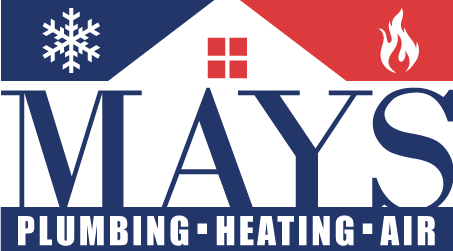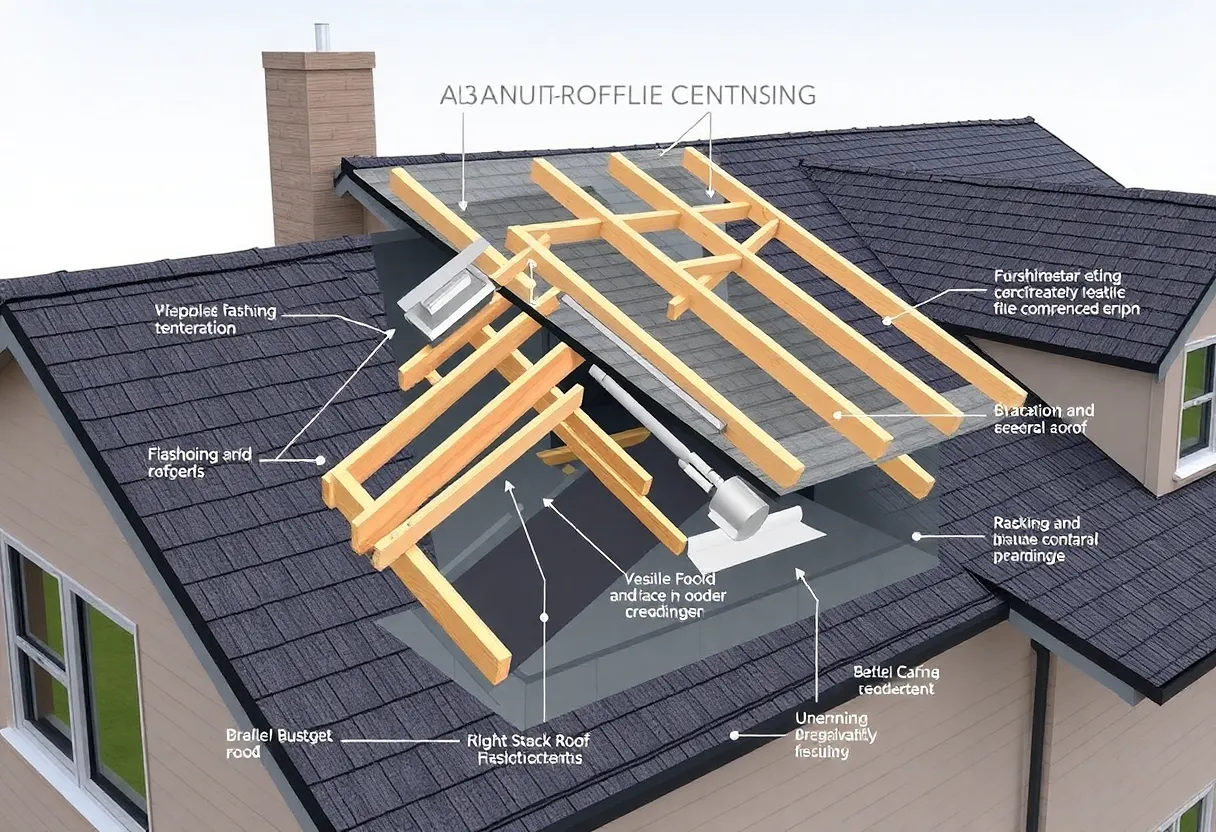What Are the Essential Components of a Roof That Every Homeowner Should Know?
Introduction
Understanding the essential components of a roof is crucial for every homeowner. A well-constructed roof is not just a protective barrier; it enhances the aesthetic appeal and adds value to the property. This article aims to delve into the fundamental parts of a roof, highlighting their functions and importance in residential construction.
The Roof Structure
The roofing system can be divided into several key components. Each element plays a specific role in maintaining the integrity and functionality of the roof.
The Rafters and Trusses
Rafters are sloped structural members that support the roof covering and assist in shedding water. Trusses are engineered frameworks that provide strong support spanning larger areas. Both rafters and trusses work together to form the skeleton of the roof, ensuring stability and durability.
The Decking
The decking, often made of plywood or oriented strand board (OSB), forms the base for the roofing material. It acts as a solid surface that supports the roofing materials while providing a barrier against weather elements. Proper installation and maintenance of the decking are vital to prevent leaks and water damage.
Roof Coverings
The type of roofing material used significantly affects the performance and longevity of your roof. Here are the most common types of coverings:
Shingles
Asphalt shingles are among the most popular roofing materials. They are cost-effective, easy to install, and available in various colors and styles. Metal shingles and tile shingles are also options, known for their durability and aesthetic appeal.
Membrane Systems
Typically used in flat or low-slope roofs, membrane systems include materials like TPO, EPDM, and PVC. These materials are designed to provide a watertight seal and are often used in commercial roofing applications. Proper installation is crucial to ensure effective waterproofing.
Underlayment
Underlayment is the material installed between the roof decking and the roof covering. Its primary purpose is to provide an additional layer of protection against water intrusion and to serve as a barrier against wind-driven rain or snow. It also enhances insulation and prolongs the lifespan of the roofing system.
Flashing
Flashing is a critical component in roofing that safeguards vulnerable areas. Made from metal or a similar durable material, flashing is used to direct water away from junctions in the roof.
Types of Flashing
- Base Flashing: Installed at the base of chimneys and other structures, preventing water from pooling around them.
- Counter Flashing: Set into the masonry of a wall or chimney to provide a secondary barrier against water intrusion.
Ventilation Systems
Proper ventilation is essential for maintaining air circulation within the attic, helping to regulate temperature and moisture levels. This can prevent mold growth and prolong the lifespan of roofing materials.
Types of Ventilation
- Ridge Vents: Located at the peak of the roof, they allow heat and moisture to escape.
- Soffit Vents: Installed under the eaves, they promote airflow from the outside into the attic.
Gutters and Downspouts
Gutters collect and channel rainwater away from the roof, directing it into downspouts that further guide the water down to the ground and away from the foundation. This system prevents water damage to both the roof and the home’s structure. Regular maintenance is essential to ensure they do not become clogged or damaged.
Roofing Accessories
Various accessories can enhance roof performance and effectiveness. Understanding these components can help homeowners make informed decisions about their roofing system.
Roofing Adhesives
Adhesives are often used in conjunction with roofing materials, providing additional bonding strength. They are particularly useful for flat roofs, where traditional mechanical fastening may not be sufficient.
Roof Ridge Caps
Roof ridge caps are the finishing touch for a roof. They are placed at the peak of the roof and serve to improve aesthetics while offering an extra layer of protection against moisture infiltration.
Conclusion
A roof is an intricate system designed to provide safety and comfort for homeowners. From structural components like rafters and decking to protective layers such as underlayment and flashing, each part plays a vital role in enhancing the performance and longevity of the roof. Understanding these essential components allows homeowners to proactively maintain their roofing system and address issues before they escalate.
Investing time in learning about these key features can save homeowners considerable costs in repairs and replacements down the line. A well-informed homeowner can appreciate the value added by a properly maintained roof and take measures to ensure its continued functionality.
Author: STAFF HERE LEXINGTON WRITER
The LEXINGTON STAFF WRITER represents the experienced team at HERELexington.com, your go-to source for actionable local news and information in Lexington, Fayette County, and beyond. Specializing in "news you can use," we cover essential topics like product reviews for personal and business needs, local business directories, politics, real estate trends, neighborhood insights, and state news affecting the area—with deep expertise drawn from years of dedicated reporting and strong community input, including local press releases and business updates. We deliver top reporting on high-value events such as Woodland Art Fair, Crave Food and Music Festival, and Railbird Festival. Our coverage extends to key organizations like Commerce Lexington and Blue Grass Community Foundation, plus leading businesses in education, manufacturing, and technology that power the local economy such as University of Kentucky, Toyota Motor Manufacturing, and Lexmark. As part of the broader HERE network, including HEREBowlingGreen.com and HERELouisville.com, we provide comprehensive, credible insights into Kentucky's dynamic landscape.




 Mays Contracting
Mays Contracting

